Advances in Fisheries
Fish are a huge group of animals, represented by over 28 000 different species. They are the oldest as well as the largest group of vertebrates. They are characterized by being almost exclusively aquatic throughout their lives. They are limbless, but have two sets of paired fins as well as a variety of single fins. They breathe predominantly by using organs known as gills. They are cold-blooded, which means their body temperature varies with that of their surroundings. Their skin is usually covered with scales. Most temperate freshwater fish are called teleost fish, which means that they have a bony skeleton. The only fish found in temperate freshwater that do not belong to this group are the sturgeons and the lampreys. Neither of these groups is found commonly in still-waters, although a few species of sturgeons have been introduced into still-waters in recent years. Teleost fish are extremely successful and well adapted to their environment. Health, nutrition and convenience are the major factors driving the global food industry. Fish products have attracted considerable attention as a source of protein, vitamins, minerals, fats and rank third among the food categories with fastest overall growth worldwide. As fish is highly perishable, proper processing and packaging helps in maintaining the quality of fish. Worldwide, an array of preservation techniques are followed, ranging from a simple chilled or ice storage to most recent and advanced high pressure and electromagnetic field application. The book contains all essential terms used today in the broad field of fisheries science, genetic structure. An invaluable reference source for researchers and teachers in fisheries and allied fields and for anyone interested in fishes.
Get it now and save 10%
BECOME A MEMBER

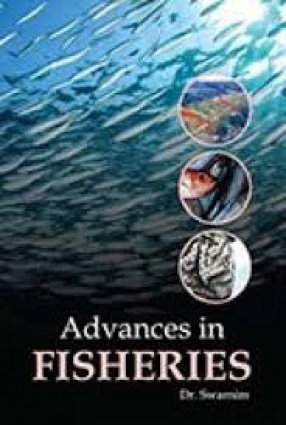
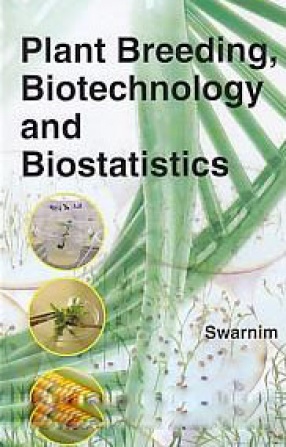

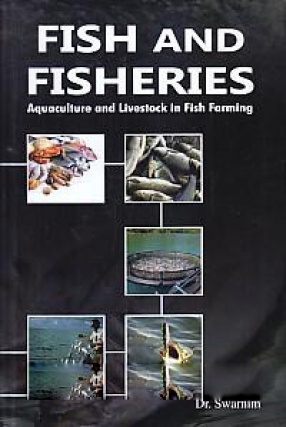
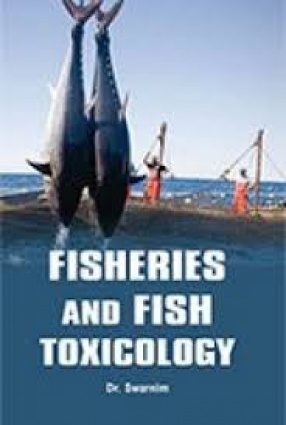
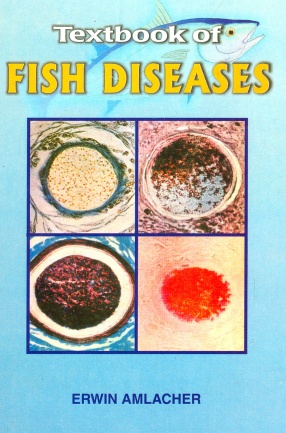
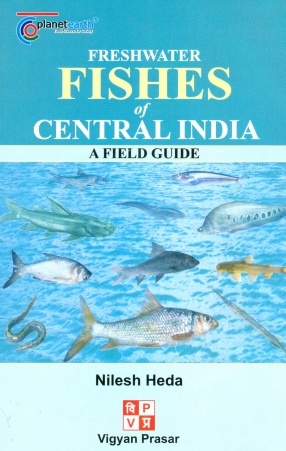
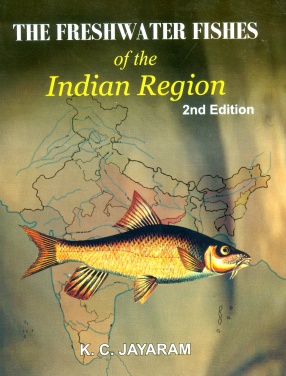
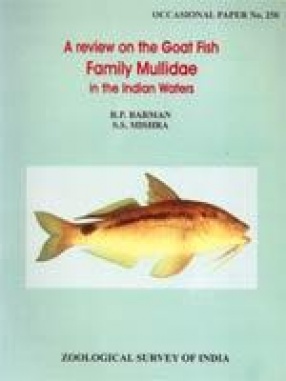

Bibliographic information